Why Shocks, Struts and Tires Wear Down
Shocks, struts and tires wear over time but why exactly? Here’s a simple explanation.
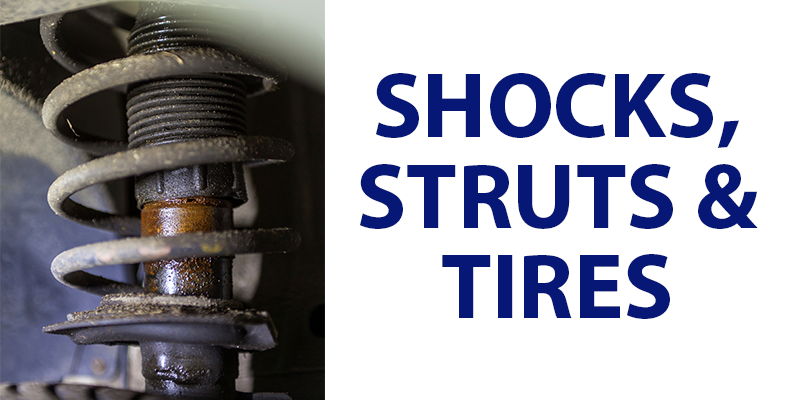
Servicing TPMS on Ford, Chrysler and GM Vehicles
There are standard relearn procedures for TPMS systems but they can vary by make and manufacturer. To help, here’s a roundup of TPMS advice and procedures for domestic vehicles – specifically Chrysler, GM and Ford passenger vehicles.
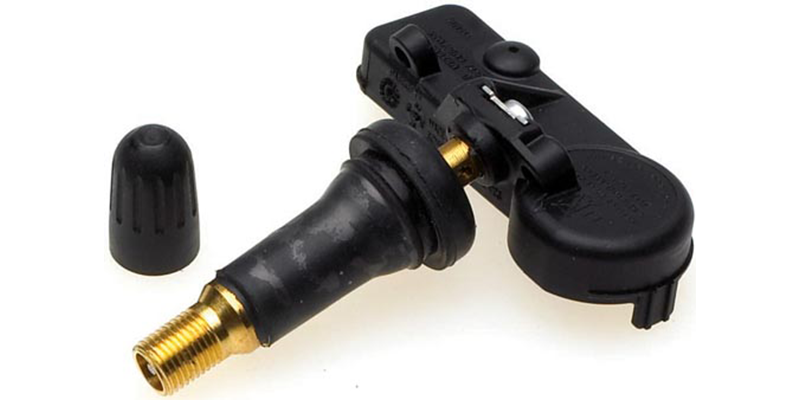
Brake Line Inspection: Corrosion Warning Signs and Protecting Against Liability
No one can predict when a brake line or hose will fail. This is why inspecting brake lines should be part of every vehicle inspection
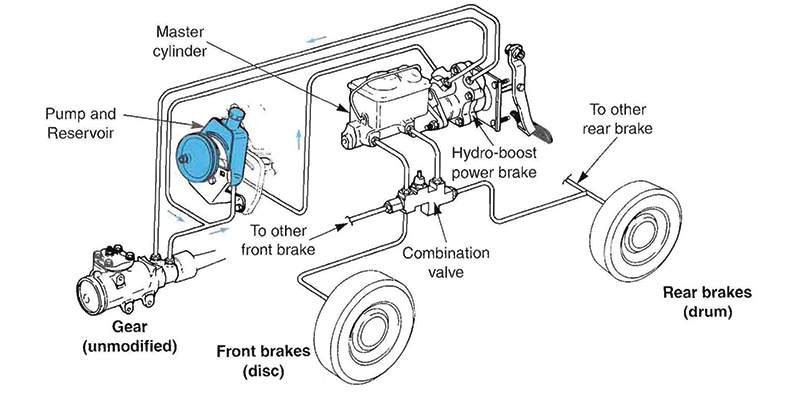
10 Years of TPMS: A Technology Comes of Age
September 2017 marked the 10-year anniversary of mandatory tire pressure monitoring systems (TPMS).
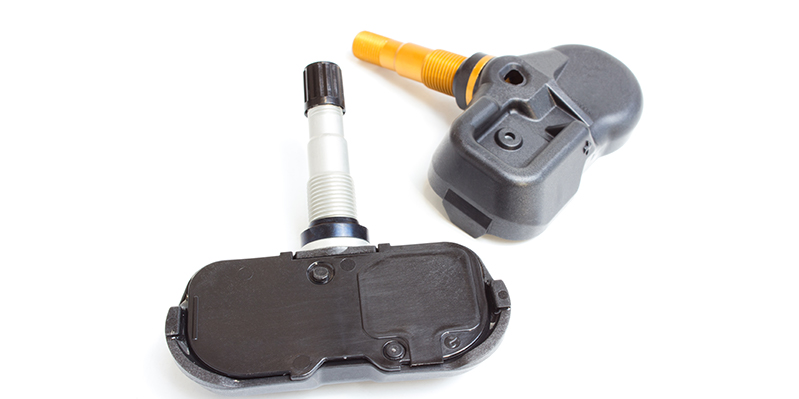
The Nine Rules of Bearing Replacement
On a typical passenger vehicle weighing around 3,400 pounds, each pair of front-wheel bearings, as well as the rear-wheel or axle bearings, support around 850 pounds depending on the weight distribution and driveline configuration.
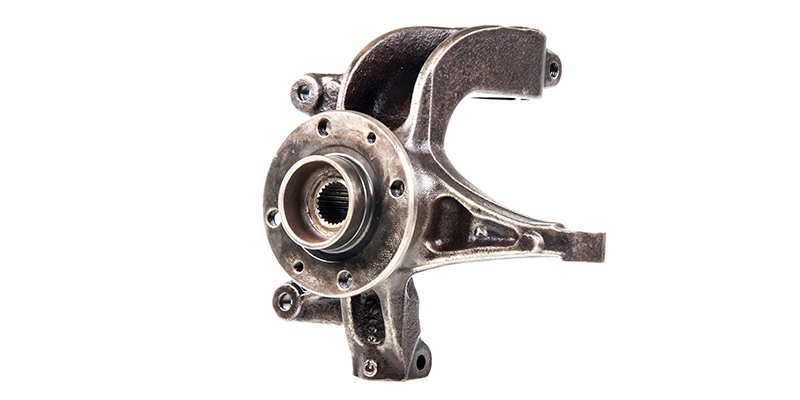
ABS Solenoid Diagnosis: What is going on inside the HCU?
The anti-lock braking system (ABS) computer, or HCU, is a node on a high-speed vehicle bus.
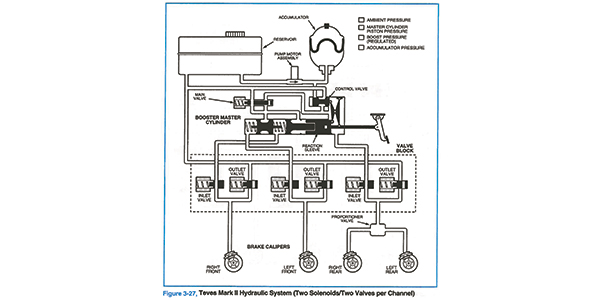
Sensors and Suspensions: Diagnosing Electronically Adjustable Dampeners
On racecars, mechanics in pit lane will tune the settings of the shocks and springs for the track. Some race shocks have six adjustments for compression and rebound, so they will tune the setting for the amount and rate of suspension movement.
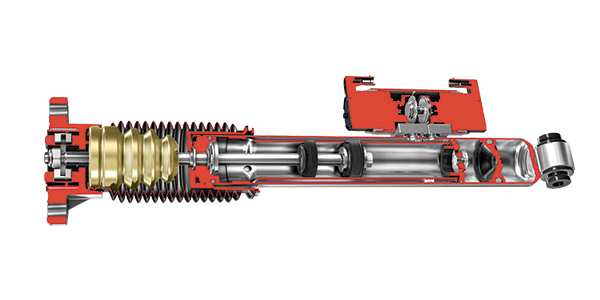
Aluminum Suspensions: Knowing is Half the Battle
From 2012 to 2015, aluminum consumption for new vehicles increased by 28% in North America. While a lot of the aluminum has gone into the body recently, the use of aluminum in the suspension is also increasing.
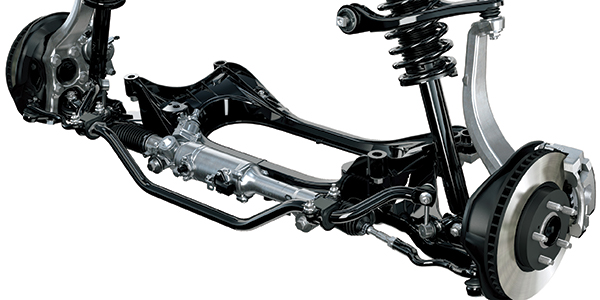
Servicing TPMS Sensors
Most TPMS sensors are held in using just a screw or a nut, but if not assembled or torqued properly, the results can be catastrophic. Carelessness can result in a broken sensor or even a customer being stranded with a flat tire.
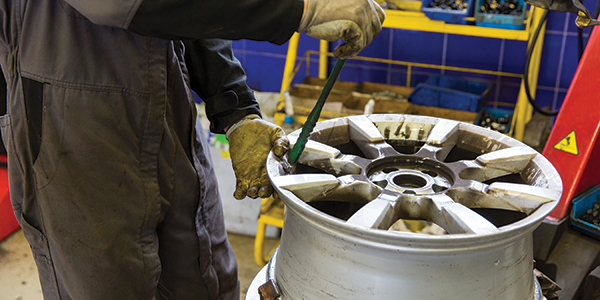
Top TPMS Troubleshooting Tips
When dealing with TPMS, here are a few best practices and reminders to ensure you’re taking care of your customers and avoiding possible comebacks.

High Performance Brake Jobs Upgrading to Better Replacement Options
Brake jobs are a good source of parts and labor income for shops. When brakes wear out, most motorists just want you to fix the problem and restore their brakes to like-new condition with OE-equivalent replacement parts. But in some situations, there may be an opportunity to sell your customer on the benefits of upgrading certain brake components.
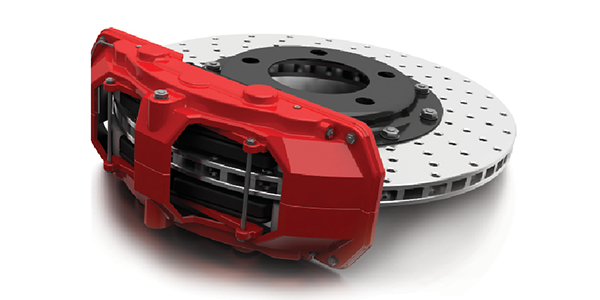
Servicing Ford TPMS
Ford embraced tire pressure monitoring systems as early as the 2002 model year on the Explorer and Windstar. These systems can be either direct or indirect. From 2006-’09, Ford used banded sensors mounted in the center of the rim. In 2010, Ford reverted to valve stem-mounted sensors.

